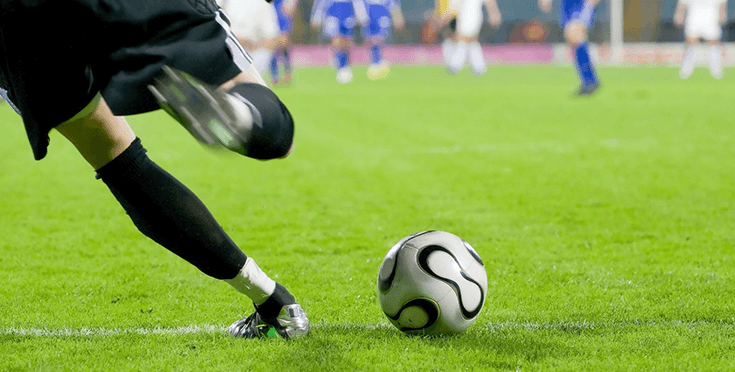
The current generation of football goals defies their traditional rectangular frame structure. During the past decade, powder-coated aluminum, together with reinforced composites, has substituted heavy steel as the material choice. New lightweight goal frames made from durable materials have achieved three important features: safer handling, injury prevention, and league compatibility while preserving the core essence of football.
Built for Precision: Engineering Goals for Better Game Flow
The engineered modifications made to fussball tor create substantial changes in match tempo. Combining rounded stanchions with shock-absorbent joints minimizes ball distortion during play, thus shortening referee interruptions. Most contemporary goal nets extend deeper to protect fast shots and eliminate confusing rebounds or multiple attack opportunities. Internal framework systems in fussball tor nets maintain their shape to prevent entanglement, thus delivering better ball visibility while protecting players who pursue the shot. According to many coaches who observe the matches, the fast goal reset process leads to speedier gameplay. The smart base mounts maintain the frame stability on every playing surface, including wet grass and synthetic turf. The result? A cleaner, smoother match, especially during high-pressure moments in a football game scenario.
Standardizing Size and Setup Across All Levels
Most people underestimate the importance of uniformity in various aspects. The official goal dimensions of 7.32 meters wide by 2.44 meters high set by FIFA now control professional league goals, while youth and amateur setups used to have diverse measurements. Modern innovation has achieved standardization, which applies equally to different age brackets and competitive levels. Fast and secure goal assembly becomes possible through foldable, lockable aluminum goals, while under-12 league posts have dimensions that precisely match training requirements for proper muscle memory development. Current grassroots clubs implement portable goals that satisfy official specifications regarding shape and angle. Standardized goal equipment enables early training in match-like conditions, thus developing player skills and confidence for every football level.
The Tech Factor: Sensors, Cameras, and Smart Goals
The nature of the goalpost has shifted entirely because technology transformed passive objects into active decision tools. FIFA and UEFA use goal-line technology, which employs fast cameras or ball-chip devices to verify complete ball crossing with an accuracy of under one millimeter. These technological systems have decreased incorrect referee decisions while building trust in their choices. Smart goals for training provide sensors that enable measurements of shots' strength, scoring angles, and strike accuracy. LED lights serve as virtual goalkeeper movements, which improve player reflexes. Bayern Munich and Manchester City have already implemented these systems for their daily operations. Modern football gate detection innovations simultaneously decrease misinterpretations during goals while enhancing goal analysis capabilities.
Impact on the Game: How Innovation Changes What Happens on the Pitch
Improved goal design manifests itself as a visible effect in each match that takes place. Referees make fewer errors. The ball retrieval process during play happens more swiftly due to improved smoothness. Team strategies improve through the coach's utilization of goal sensor data for corner kick setups, free kick execution, and penalty methods development. The expanded goal area requires defenders to extend their coverage within the penalty space, which modifies their defensive blocking strategy. Receiving data about real-time tracking of their shots makes strikers concentrate on the angles and speed of their shots as they prepare to take them. Performance enhancements generated by these innovations transform teaching methods, coaching strategies, and viewing experiences of football. The football gate has evolved from its original purpose as a scoring space into a vital component of an expanded control and monitoring infrastructure.
Conclusion
Fussball tor will become increasingly smarter while ensuring safety and greater mobility. The setup of portable arenas is evaluated by testing foldable carbon frame structures. The collection of goal data will be directly transmitted to analysts through wireless systems in real-time. Firms are developing sensitive goal nets that transform color tone based on the impact force detected. The football gate has become a smart connected device since more matches have implemented digital systems.